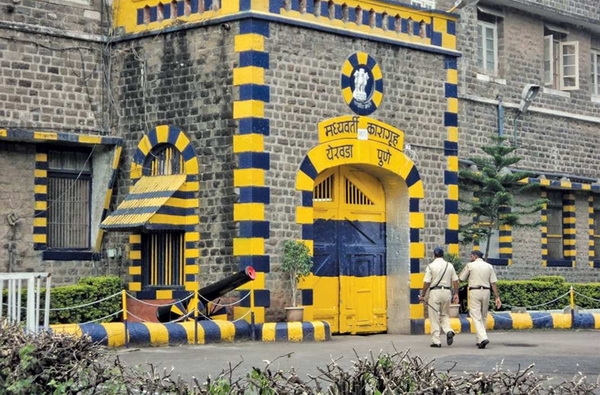'Jail Tourism': Maha Govt fuses the heritage of 'Yerawada Central Jail' with tourism
Total Views |
Mumbai, Jan 25: The Maharashtra state govt has decided to start a ‘jail tourism’ programme from the Yerawada prison of Pune. The programme is planned to start from Jan 26, 2021. This initiative is being launched in the state with the aim of facilitating the people to visit and see the historical prisons in the state. This is being done as memories of many freedom fighters who were once imprisoned in the jail have been preserved. Some of the freedom fighter and historically important personalities who were imprisoned in the Yerawada jail under the British rule include Mahatma Gandhi, Motilal Nehru, Lokmanya Tilak, Pandit Jawaharlal Nehru, Sarojini Naidu, Sardar Vallabhbhai Patel and Subhas Chandra Bose.

Maharashtra state Home Minister Anil Deshmukh has informed that Chief Minister Uddhav Thackeray and Deputy Chief Minister Ajit Pawar will inaugurate the 'Jail Tourism' initiative at Yerawada Central Jail on the Republic Day. The Home Minister said that guides will be provided to the visitors through the initiative and ticket prices will range from ₹5 to ₹50. In view of the pandemic, the count of visitors for a day have been limited to 50. The prisons in Thane, Nashik and Ratnagiri will also be involved in the jail tourism initiative.
The Yerwada Central Jail of Pune is a noted high-security jail of the country and is the largest jail in the state of Maharashtra. The jail is also reputed to be the largest prisons in South Asia. It has the capacity to house 5,000 prisoners. Built in 1871 by the British, the Yerawada jail is protected by four high walls and has been divided into various security zones and barracks. It also comprises of egg-shaped cells for high-security prisoners. However, the jail is highly criticized for its overcrowding and poor living conditions.
The jail played a vital role during the Indian freedom struggle and has been significant dominantly during the Gandhian phase of the Independence movemnt. Mahatma Gandhi had spent several years in Yerwada Jail during India’s freedom struggle in 1932. When he was imprisoned in the year 1932, he sat on an indefinite fast to protest against the Communal Award for depressed classes. He opened his fast after signing an agreement called the Poona Pact. Gandhi was eventually released in May 1933.
He was again imprisoned in the year 1942 during the Quit India movement. The Quit India movement is also known as the 'August Movement' or the 'Bharat Chhodo Andolan'. The movement was launched at the Bombay session of the All-India Congress Committee in 1942 by Mahatma Gandhi. It was deliberately launched during World War II with the aim of ending the British rule in India.

